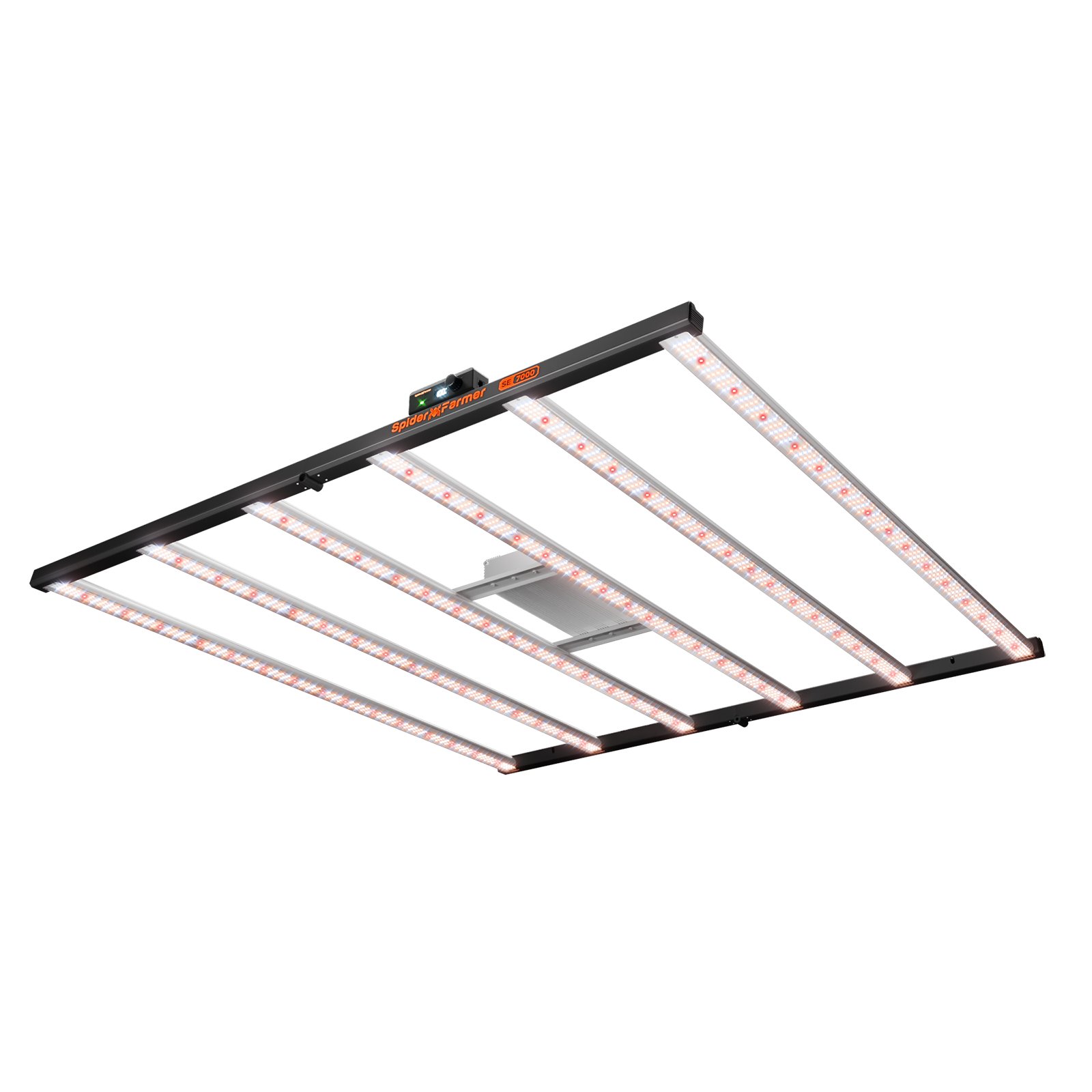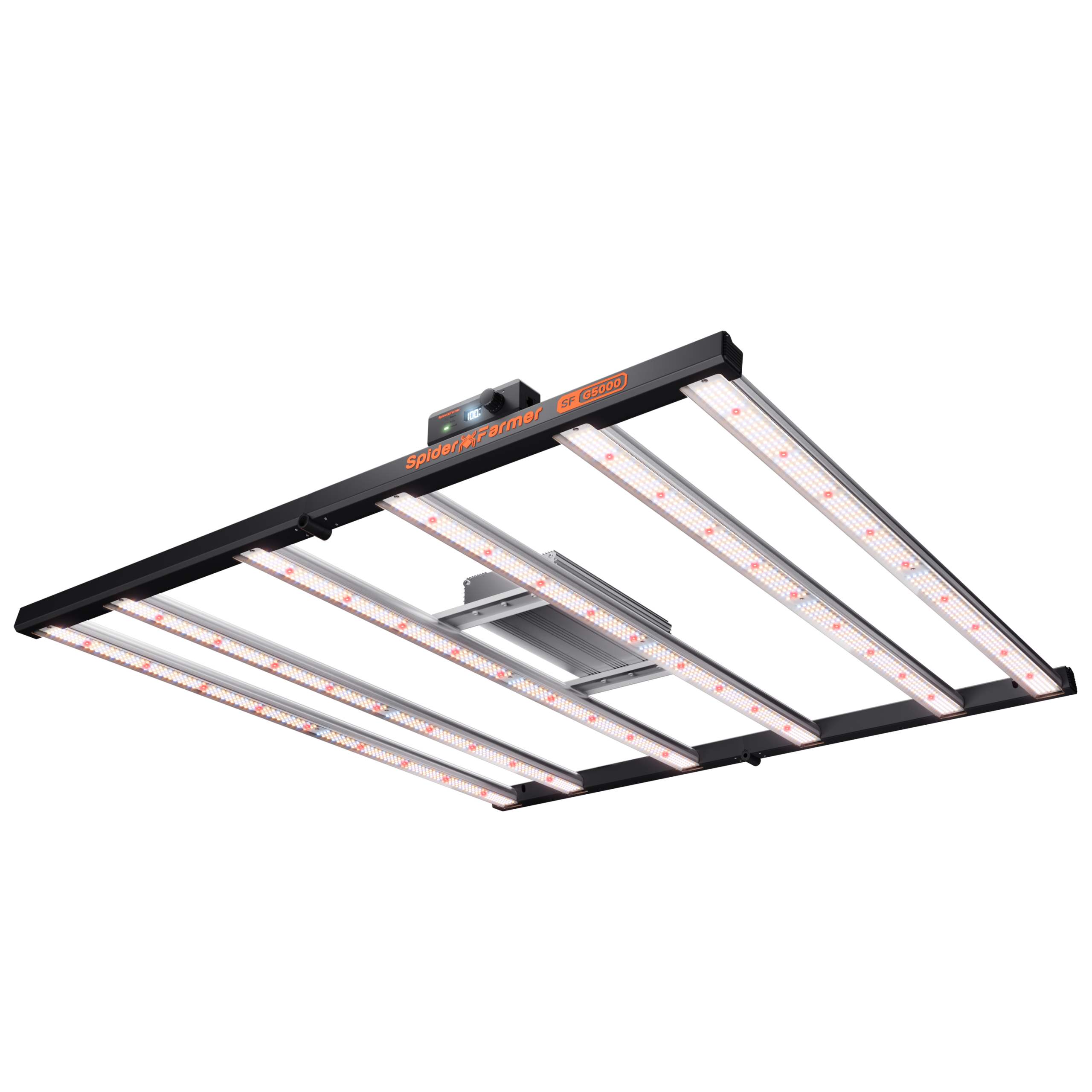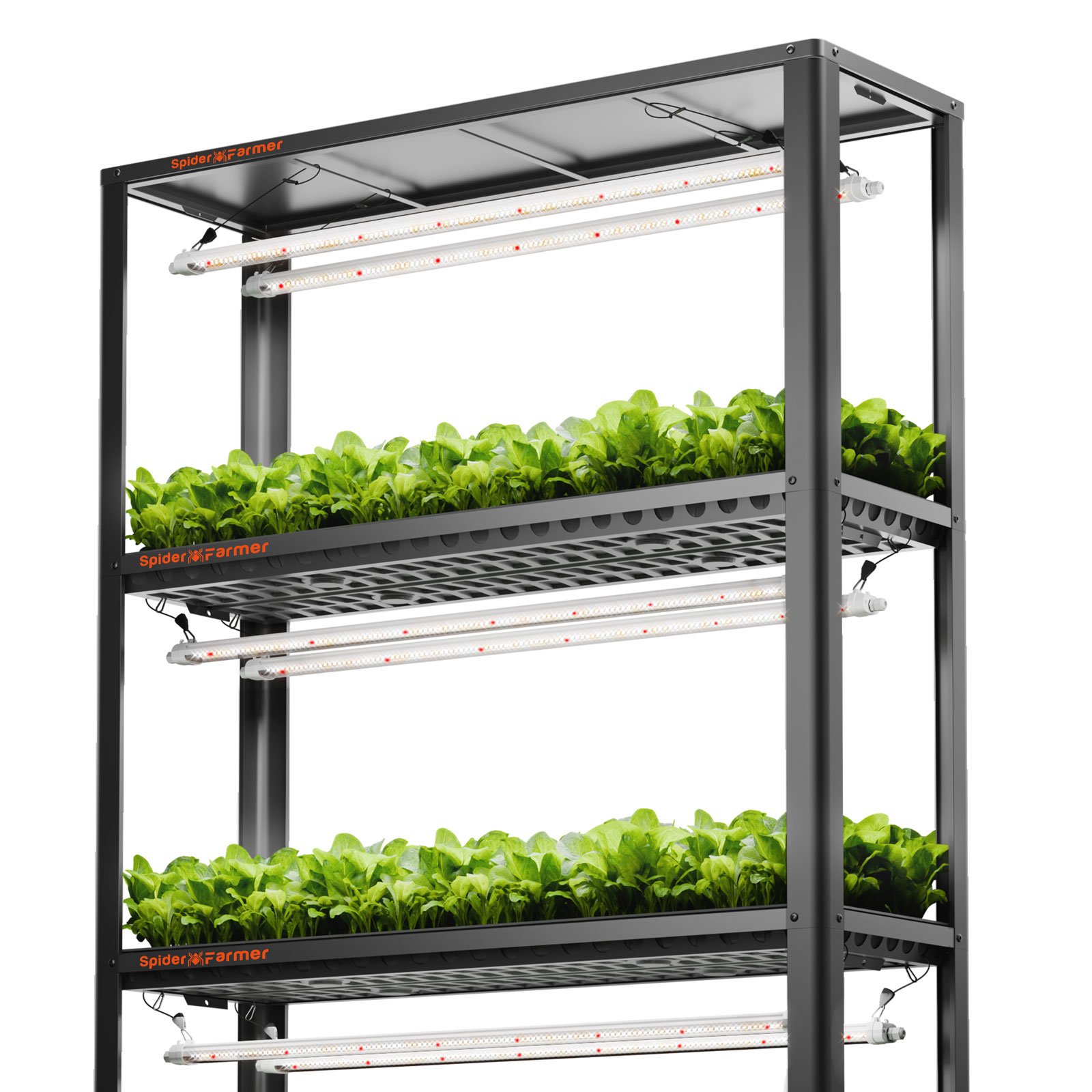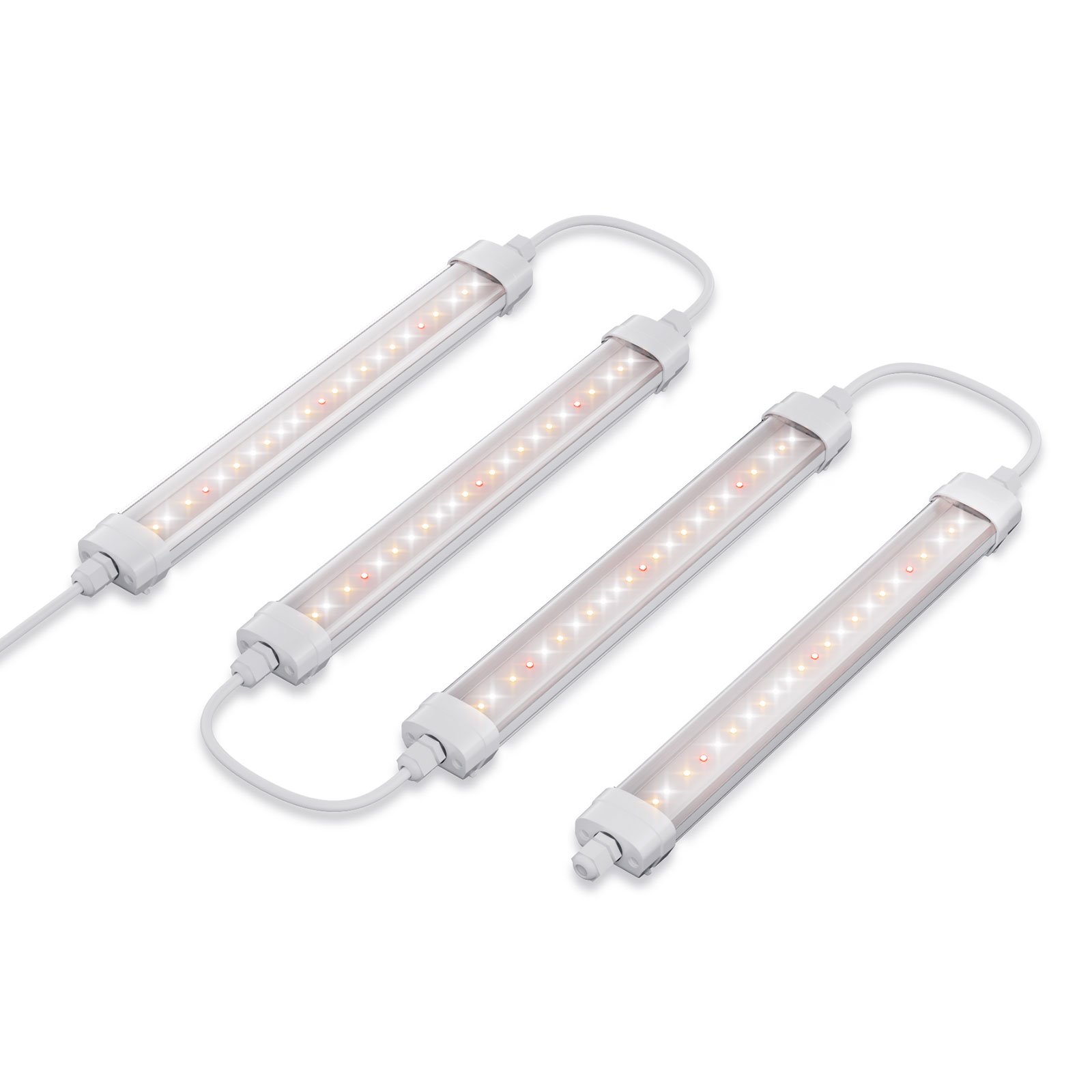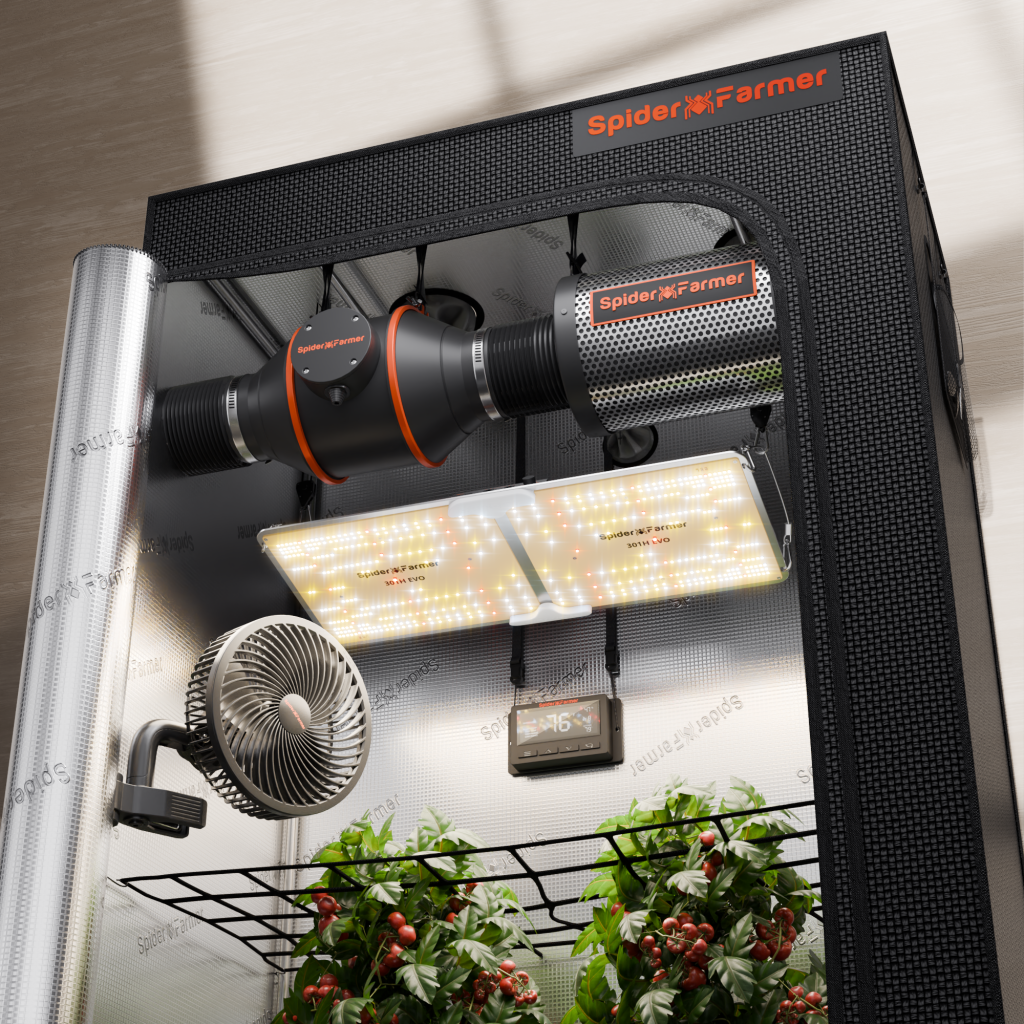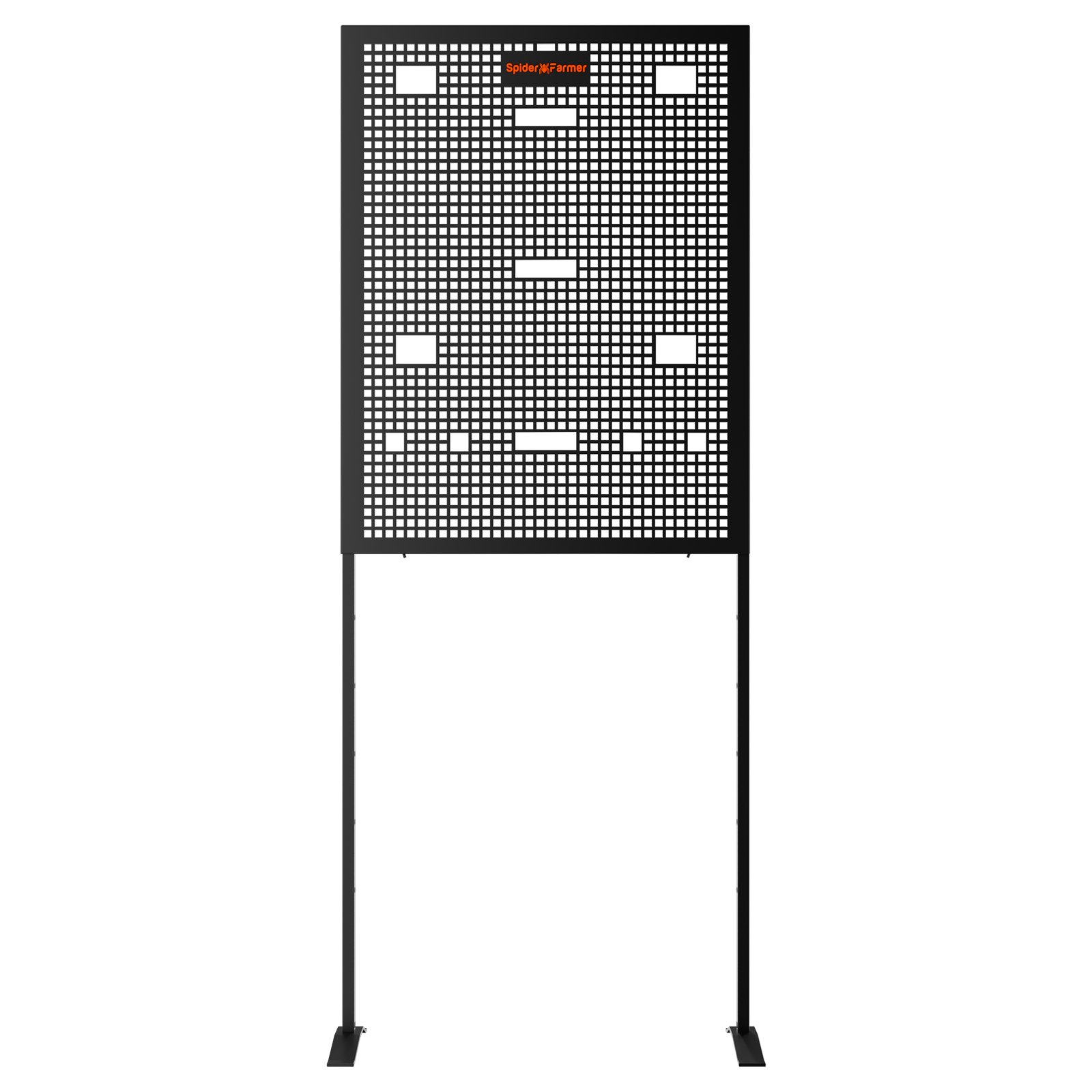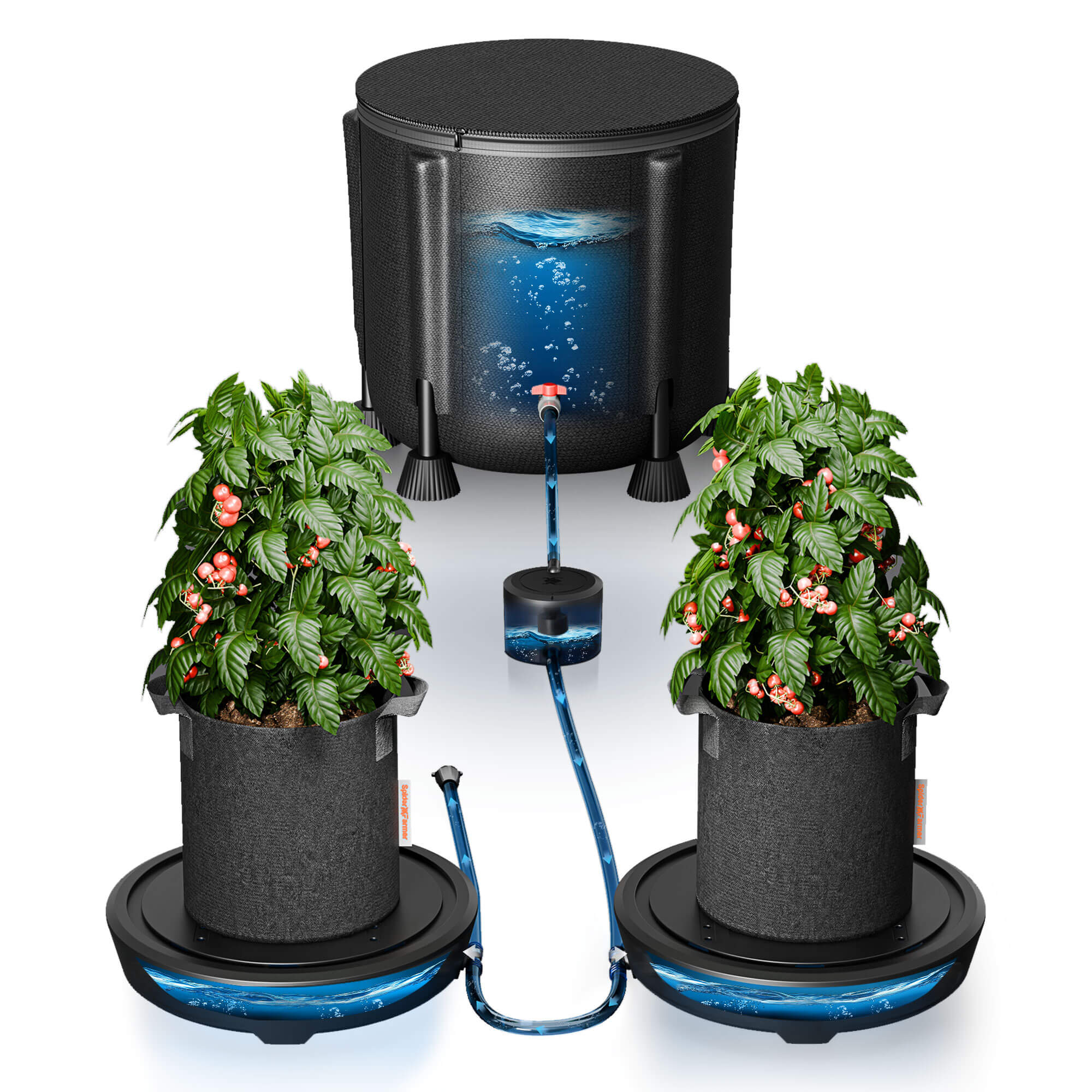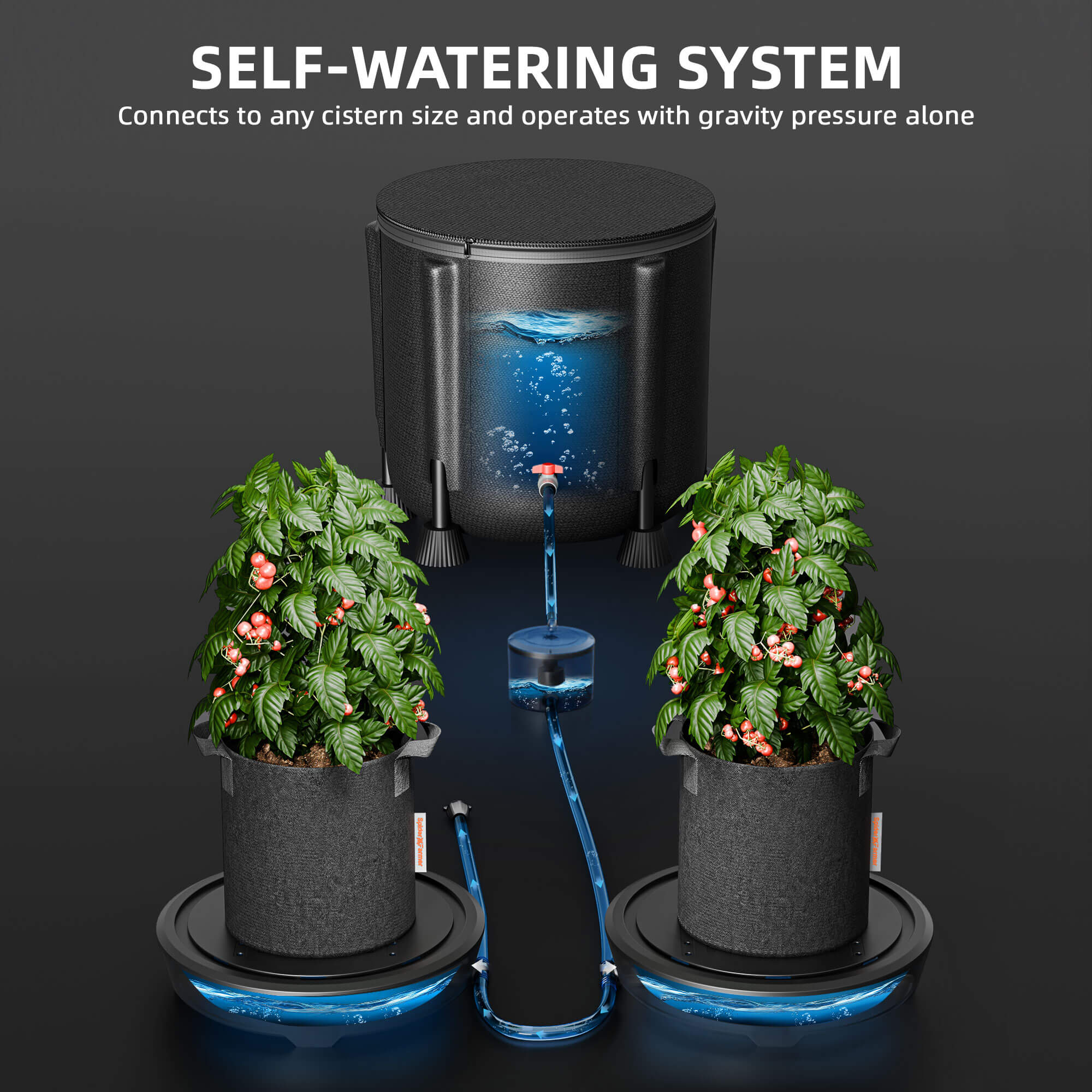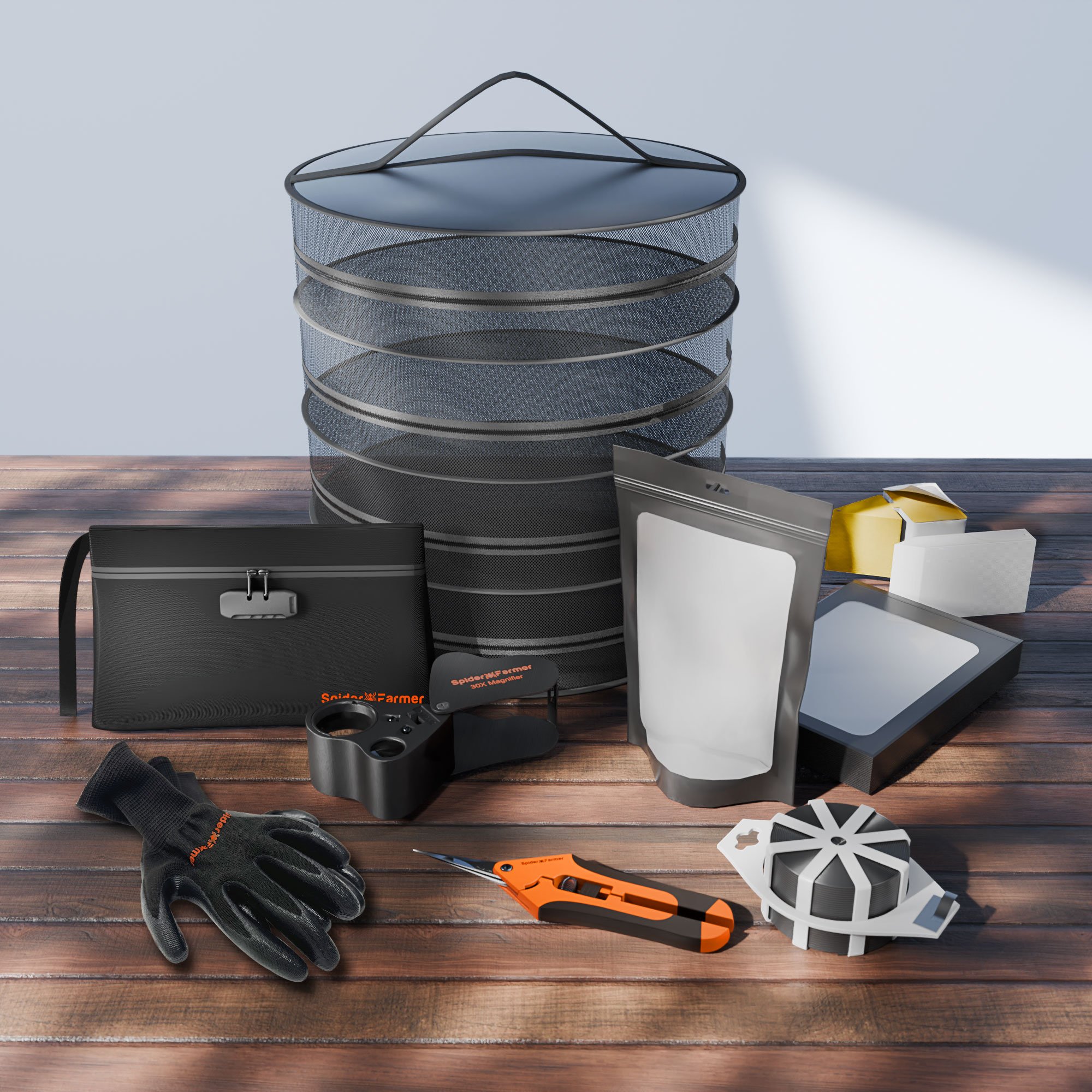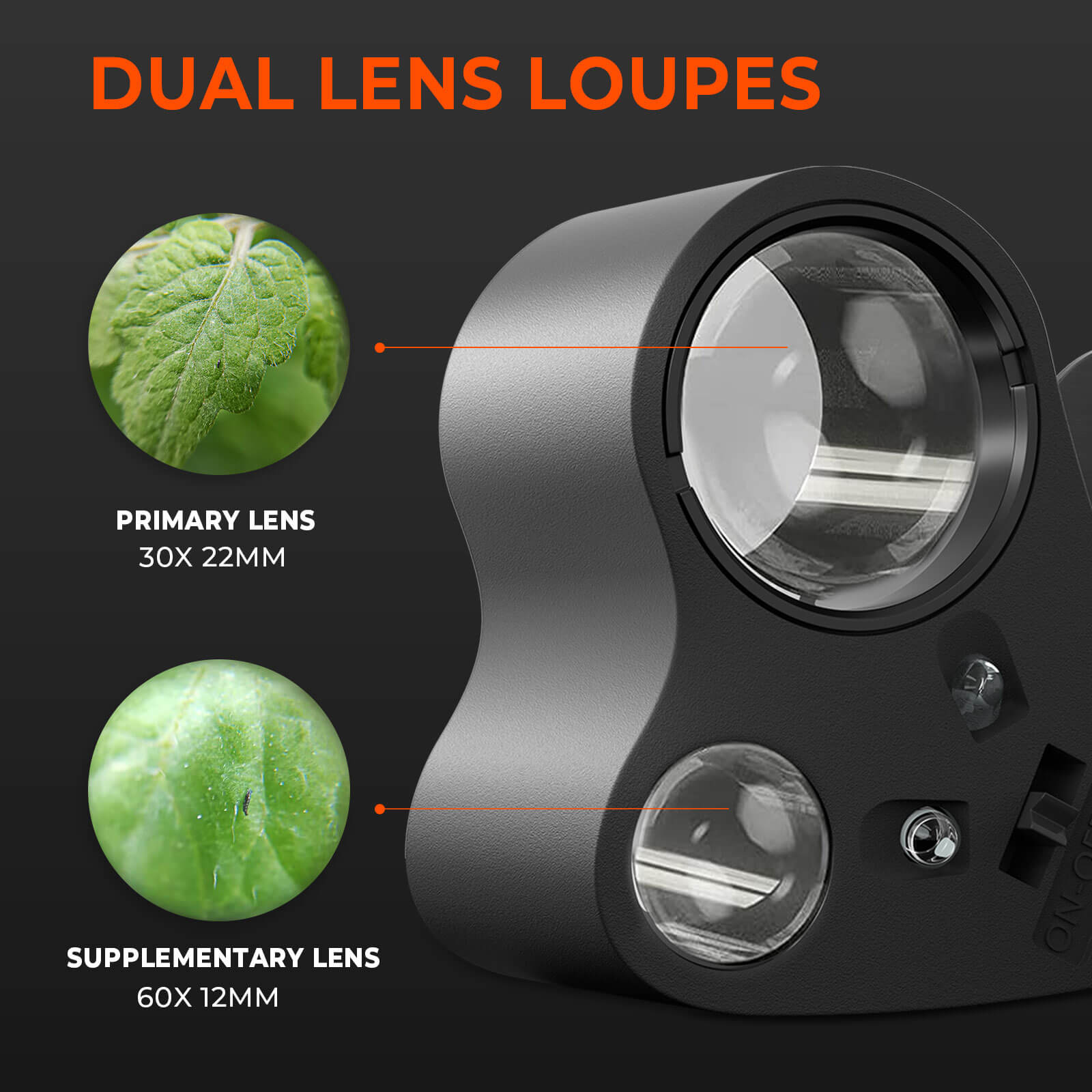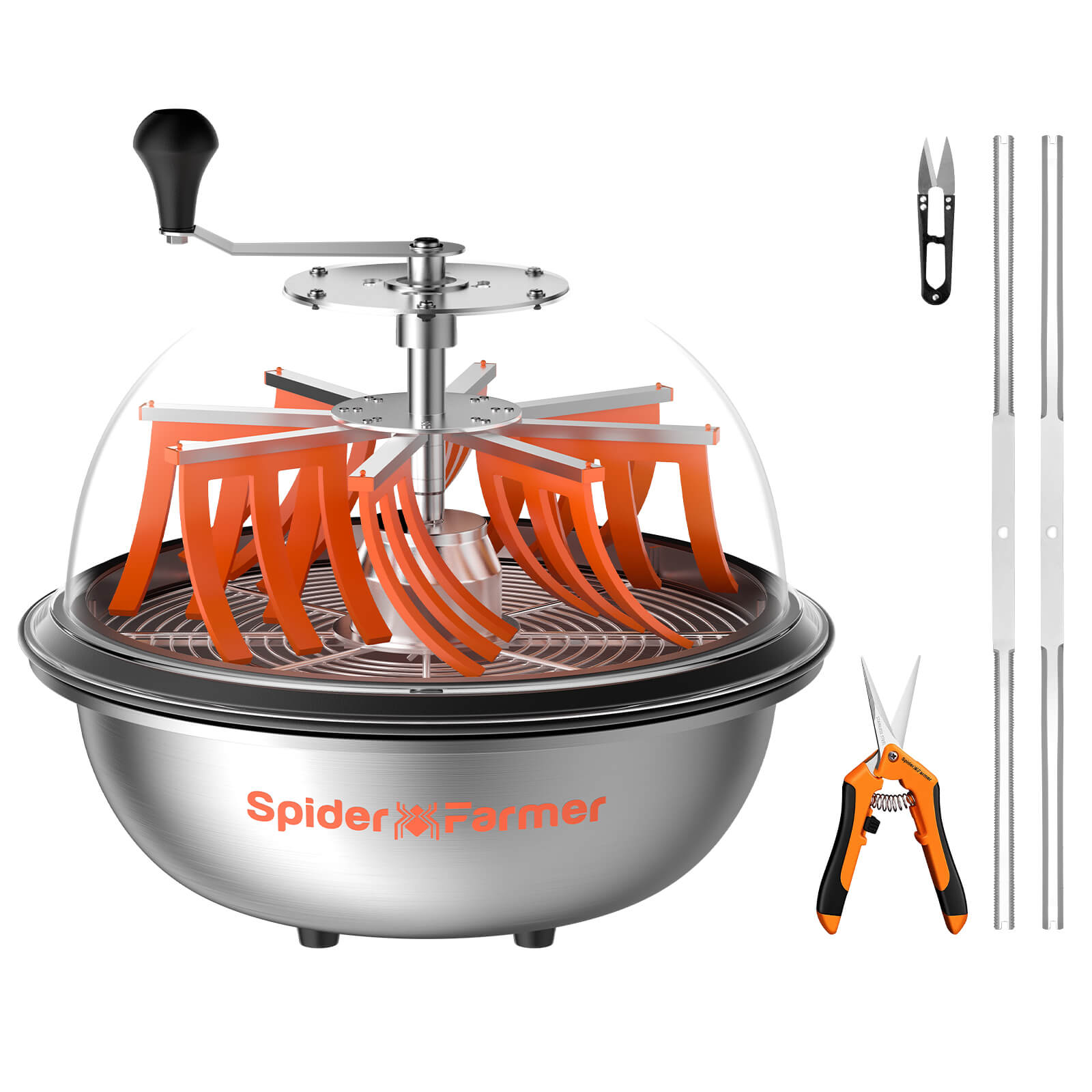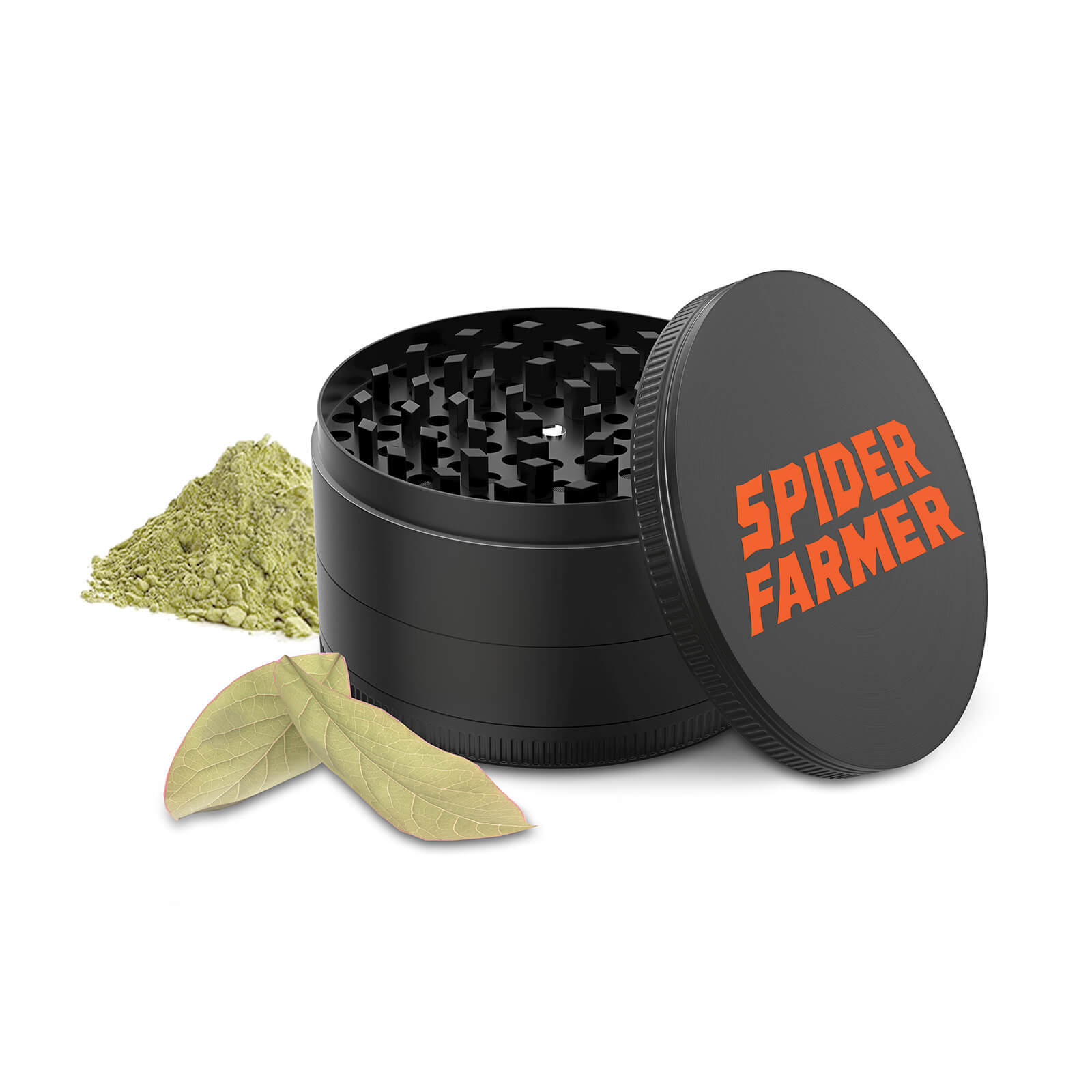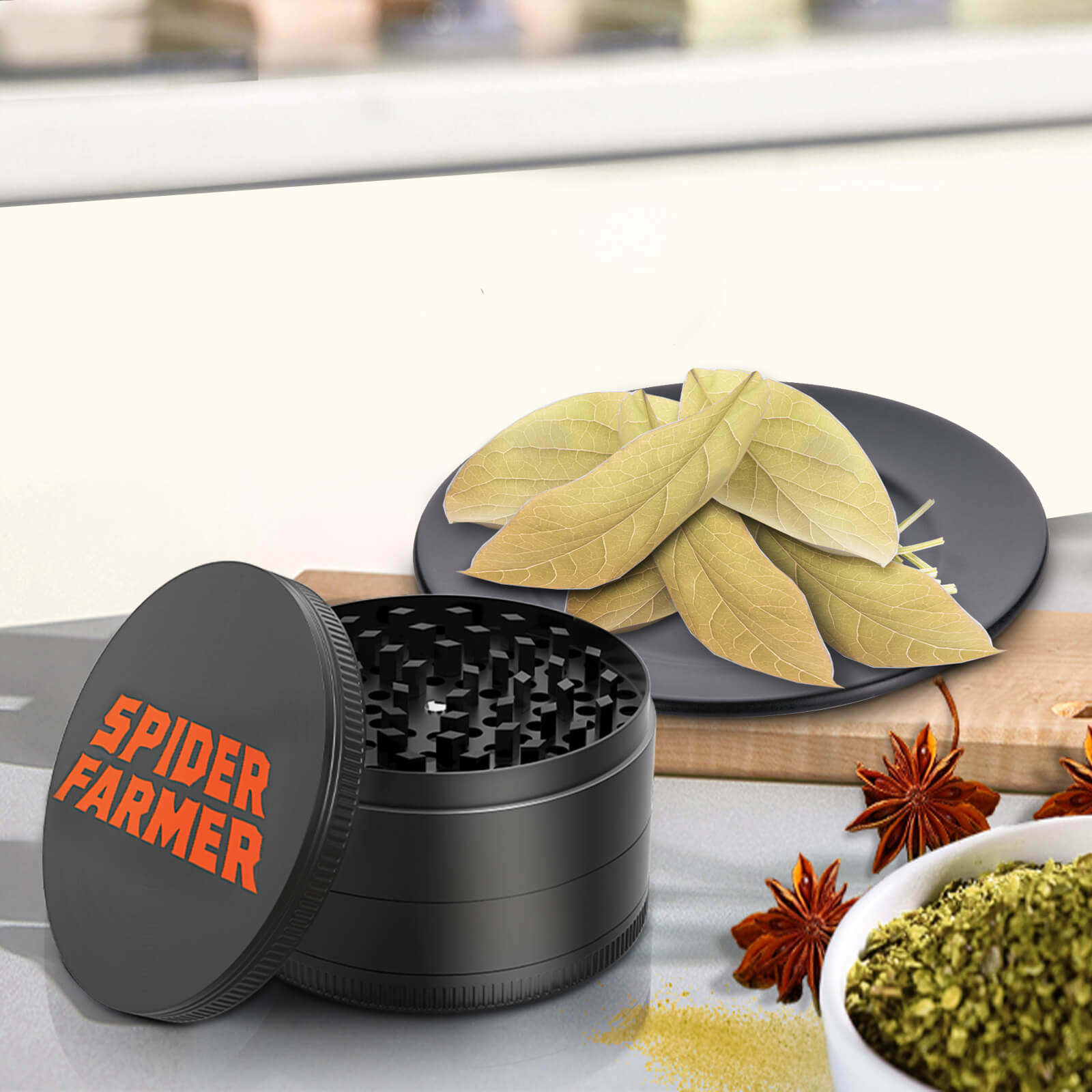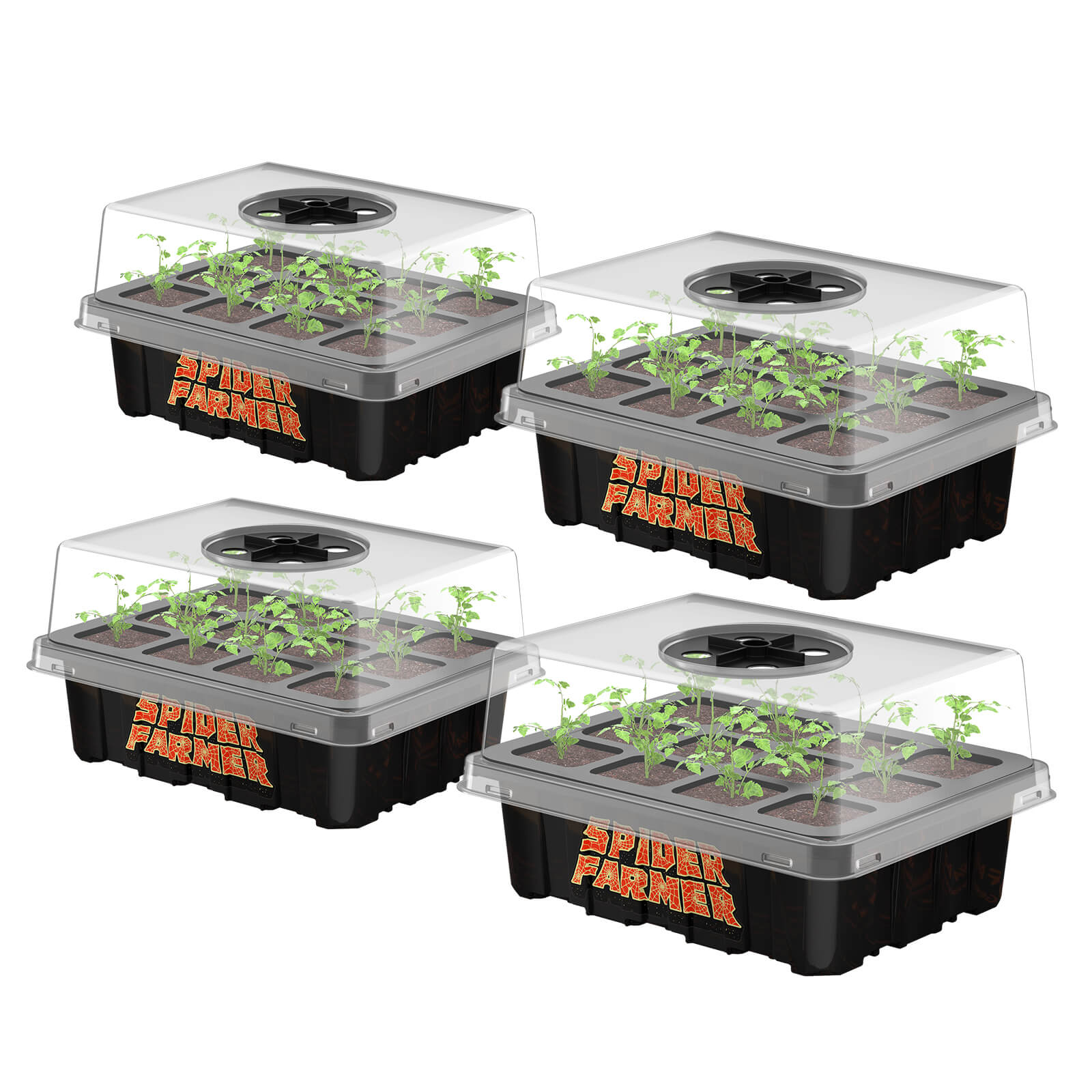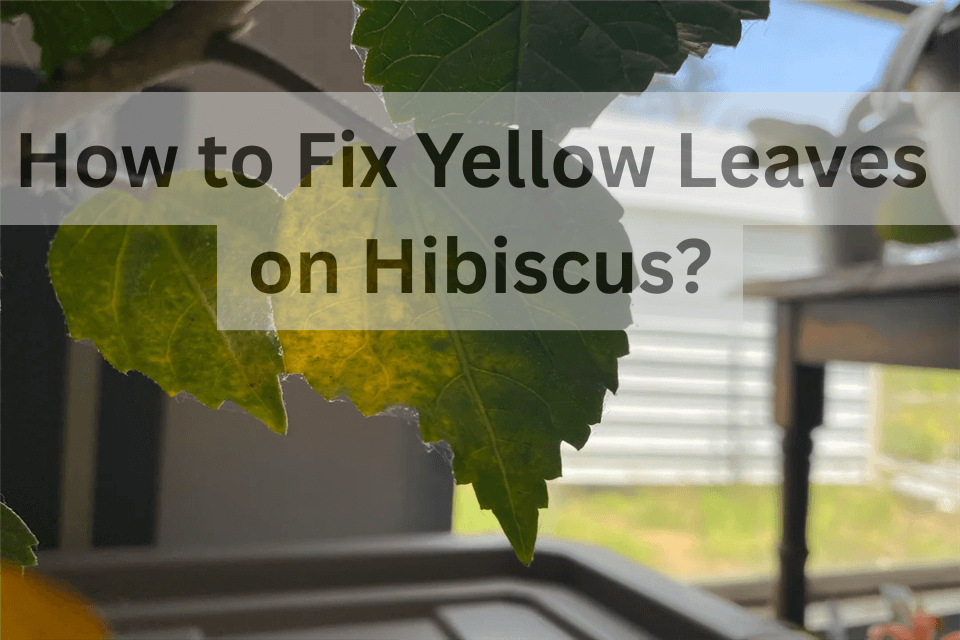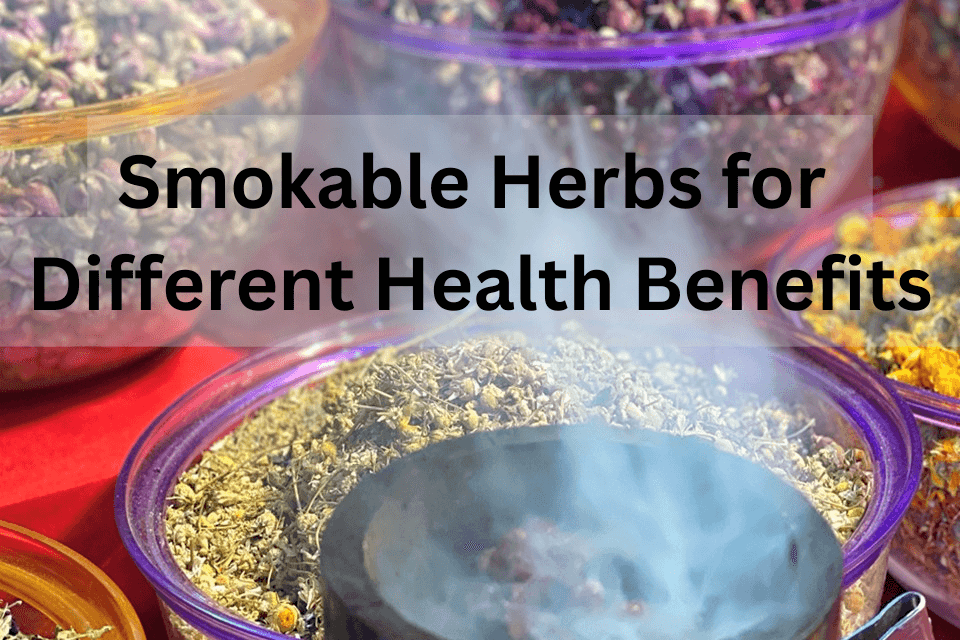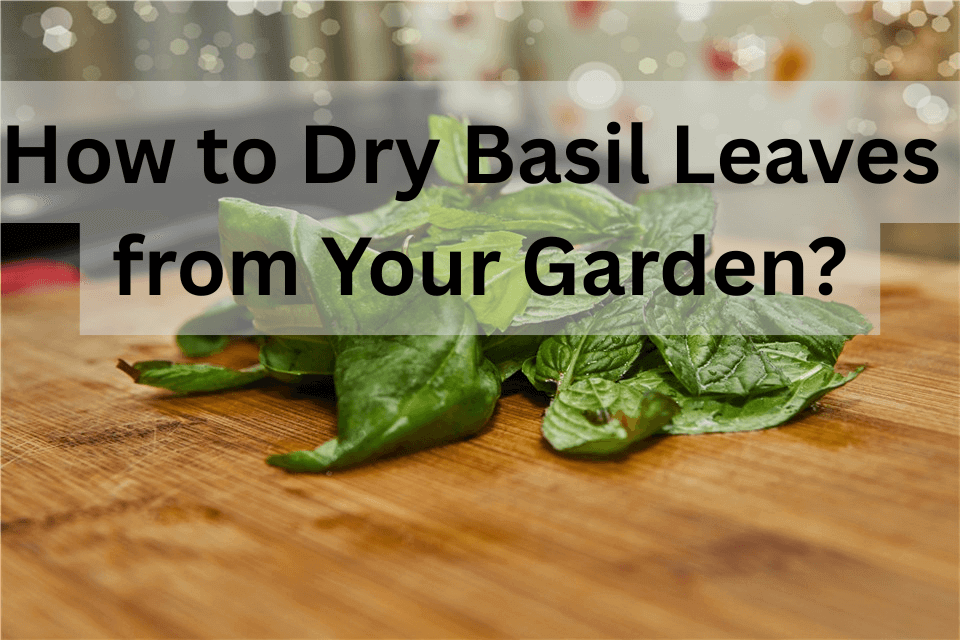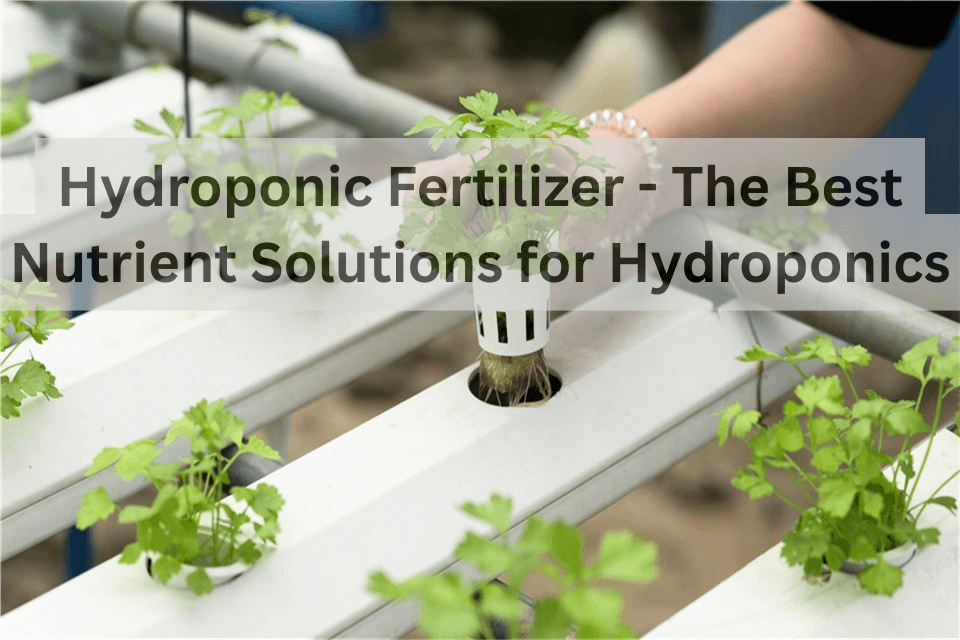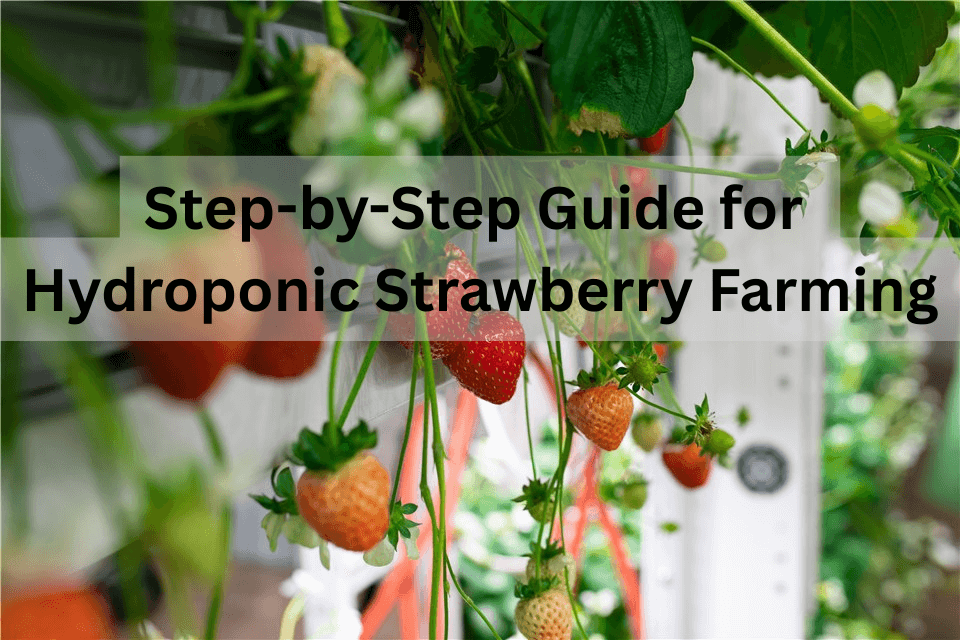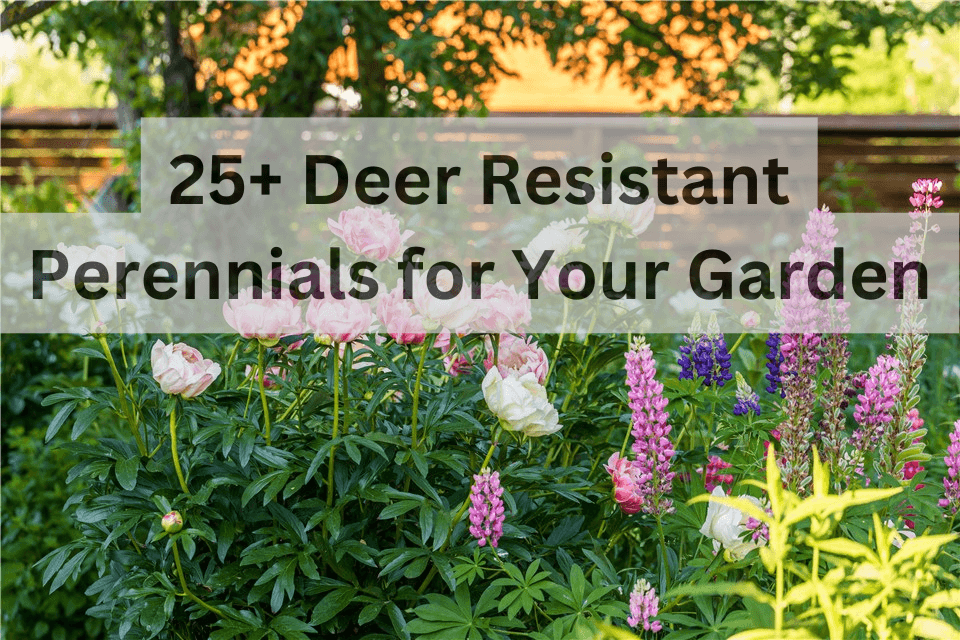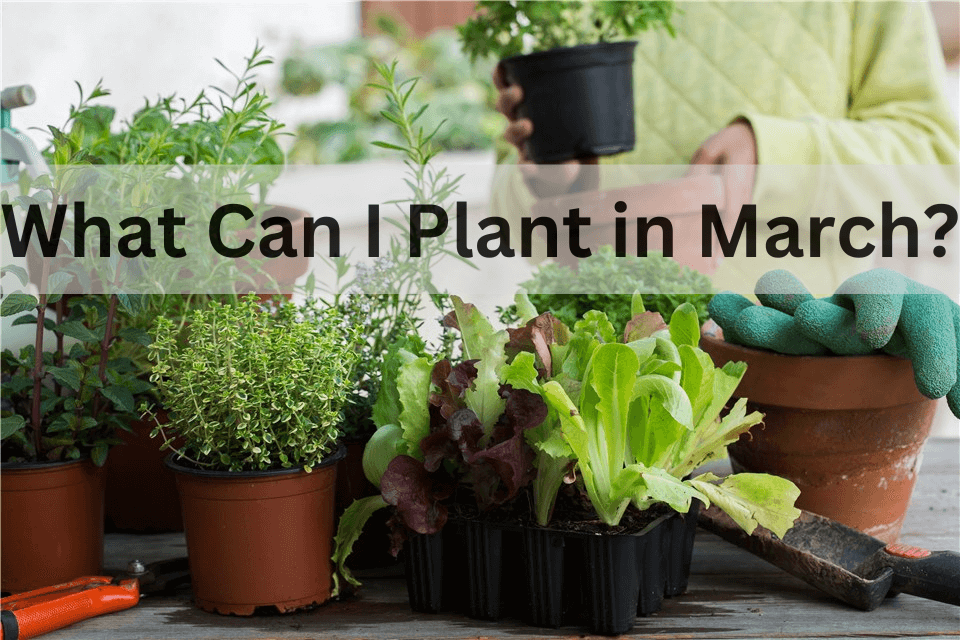As summer is approaching, it’s disappointing to find that yellow leaves on the hibiscus. Yellow leaves on plants can be caused by various factors, ranging from environmental conditions and nutrient deficiencies to pest infestations and diseases. Hibiscus can also be influenced by these factors.
In this article, we will explore what causes yellow leaves on a hibiscus and provide practical solutions to help restore your plant to its former glory.
Table of Contents
Why Are the Hibiscus Leaves Turning Yellow?
It’s common to discover hibiscus yellow leaves. This discoloration, known as chlorosis, can be a sign of various underlying problems, ranging from simple environmental factors to more complex issues like nutrient deficiencies or pest infestations. To better diagnose and implement effective solutions, you should figure out the reasons behind the problem first.
Light Conditions
Hibiscus plants generally prefer full sun but can also tolerate partial shade. Hibiscus plants thrive in full sun and typically need at least 6 hours of direct sunlight per day to bloom to their fullest potential. If there isn’t enough light, consider using an LED grow light.
Watering Issues
Excess water can lead to root rot, which deprives the roots of oxygen and causes yellow leaves on the hibiscus plant; on the other hand, if you fail to provide sufficient water, the plant will become dehydrated.
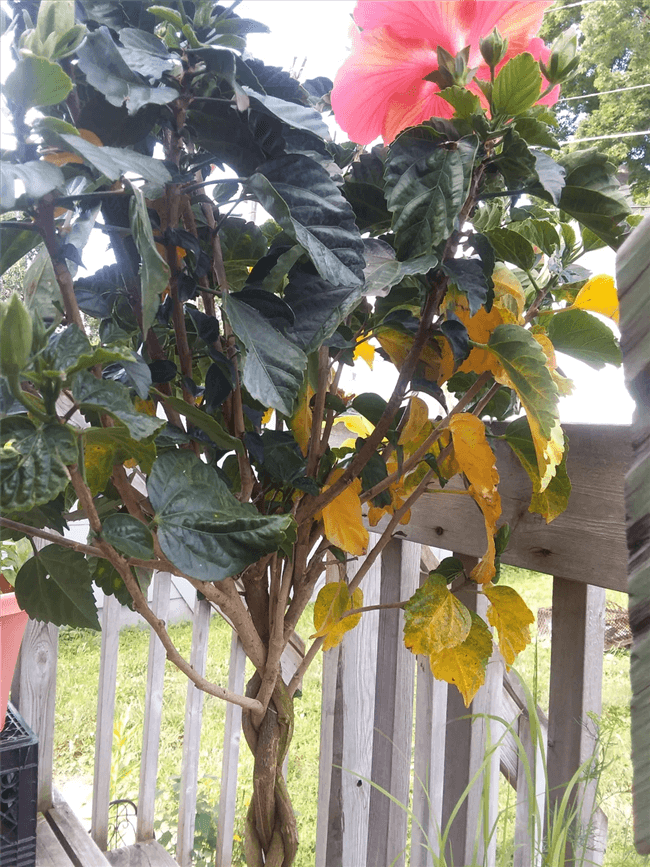
What Does an Overwatered Hibiscus Look Like?
Temperature Fluctuations
Hibiscus plants are sensitive to sudden changes in temperature. Extreme heat or cold can stress the plant and cause hibiscus leaves. On the other hand, if it’s in the autumn, it might be in the dormancy period, and hibiscus leaves are yellowing as well.
Soil Conditions
Hibiscus prefers slightly acidic to neutral soil (pH 6.0-7.0). Incorrect pH can inhibit nutrient absorption. Besides, if the soil doesn’t drain well, it can lead to waterlogged roots.
Nutrient Deficiencies
- Iron Chlorosis: A lack of iron can lead to yellow leaves with green veins.
- Nitrogen Deficiency: Insufficient nitrogen can cause overall yellowing of the leaves. If possible, you're recommended to add nitrogen.
- Magnesium Deficiency: Yellowing may occur between the leaf veins.
Pests and Diseases
- Pests: Insects like spider mites, aphids, and whiteflies can suck the sap from the leaves, causing them to turn yellow.
- Diseases: Fungal infections, such as root rot, can also lead to yellow leaves.
How to Fix Yellow Leaves on My Hibiscus?
Considering the causes of yellow leaves on hibiscus plants, we’ll provide practical solutions to help you restore your plant to its former glory.
Optimize Light Conditions
Hibiscus plants thrive in full sun but can suffer from too much direct afternoon sunlight. Place tropical hibiscus in spots where they receive strong morning sunlight. If your plant is in too much shade, move it to a brighter location or under the LED grow light.
Adjust Watering Practices
Overwatering and underwatering are common causes of yellowing leaves. Ensure the soil is consistently moist but not waterlogged. For potted plants, check the drainage holes to ensure they are not blocked. If the soil is soggy, reduce watering and consider repotting with fresh, well-draining soil. If the soil is dry, water the plant thoroughly. Generally, during the growing season, you can water hibiscus every 2 to 3 days, while during the dormant period in fall and autumn, water hibiscus every 7 to 10 days.
Adapt to Environmental Changes
Sudden changes in temperature, humidity, or light can stress your hibiscus. Ensure the plant is in a stable environment with temperatures above 50°F (10°C) and avoid placing it in drafts or areas with extreme temperature fluctuations. To monitor and control the climate, you can use a grow room controller.
Correct Nutrient Deficiencies
Hibiscus yellow leaves may indicate a lack of essential nutrients like nitrogen, iron, or magnesium. Use a balanced fertilizer with higher nitrogen and potassium content, such as a 10-4-12 or 17-5-24 NPK ratio. You can also apply a foliar spray containing these nutrients for faster results.

How to Fix Yellow Leaves on My Hibiscus?
Manage Pests and Diseases
Possibly, there are pests like spider mites, aphids, or mealybugs. Treat infestations with neem oil or insecticidal soap. If you notice signs of root rot or fungal infections, improve drainage and consider using a fungicide.
Repot If Necessary
If your hibiscus is root-bound, repotting the plant into a larger container can provide more room for root growth and better access to nutrients and moisture.
FAQs About Yellow Leaves on Hibiscus
By the end of the post, we’ll answer several frequently asked questions about yellow leaves on hibiscus.
Do coffee grounds help hibiscus?
Yes, coffee grounds can benefit hibiscus plants in several ways. They act as a slow-release fertilizer, providing nutrients like nitrogen, phosphorus, and potassium that hibiscus plants need for healthy growth and vibrant blooms. Coffee grounds also help to improve soil drainage and aeration, and they can slightly acidify the soil, which hibiscus plants prefer.
Is Epsom salt good for hibiscus?
Yes, Epsom salt is good for hibiscus plants as it provides essential nutrients like magnesium and sulfur. They support chlorophyll production, root development, and overall plant health. It also enhances nutrient absorption, leading to more vibrant flowers and robust growth. Epsom salt can be applied to the soil or used as a foliar spray, and it helps in relieving plant stress and acting as a natural pest deterrent. However, it should be used in conjunction with a balanced fertilizer to ensure the hibiscus receives all necessary nutrients for optimal growth.
What does vinegar do for hibiscus?
Vinegar can be beneficial for hibiscus plants. Vinegar is a natural acidifier that helps lower the soil pH, making it more acidic. Generally, hibiscus plants prefer slightly acidic soil, so vinegar can help create the optimal growing conditions for them. Additionally, vinegar contains trace minerals that can provide some nutritional benefits. However, it is important to use vinegar sparingly, as excessive use can damage the plants or disrupt the soil's microbial balance. A common recommendation is to mix a small amount of vinegar with water and apply it occasionally to the soil around the hibiscus.
Conclusion
It’s disappointing to discover yellow leaves on hibiscus. However, you can identify and address the hibiscus yellowing leaves issue with the methods in this article. Hibiscus yellowing leaves may result from various factors, including overwatering, insufficient light, environmental stress, nutrient deficiencies, pest infestations, or environmental stress. By carefully observing the plant and making appropriate adjustments to its care regimen, you can restore the hibiscus plants to health.



